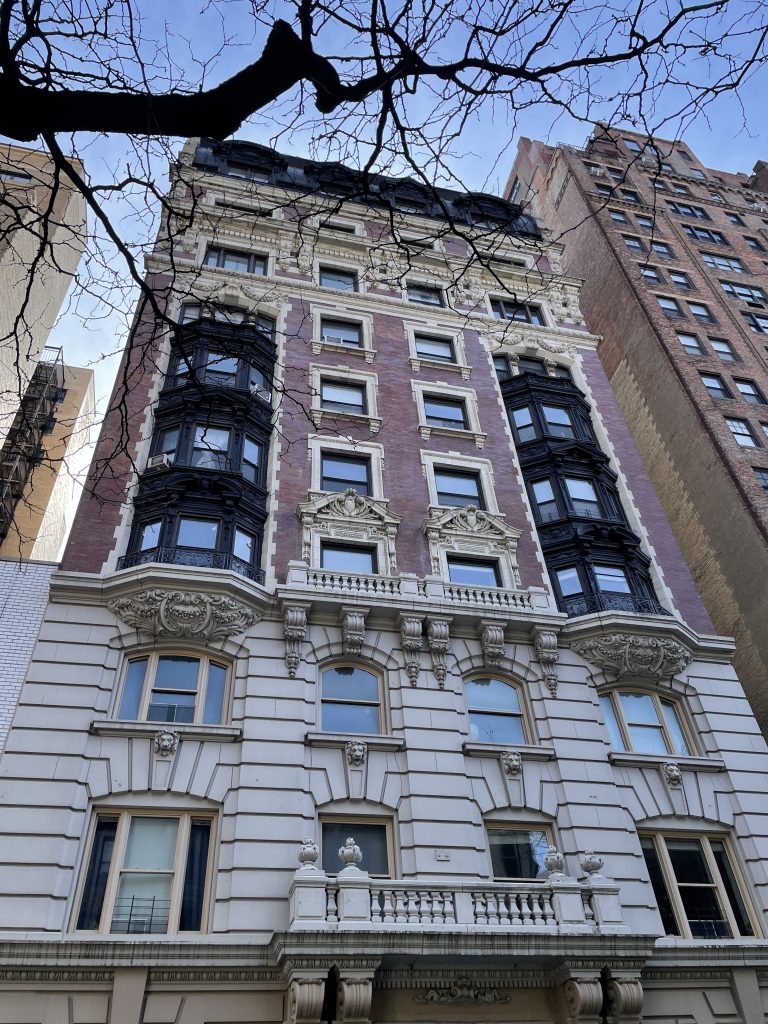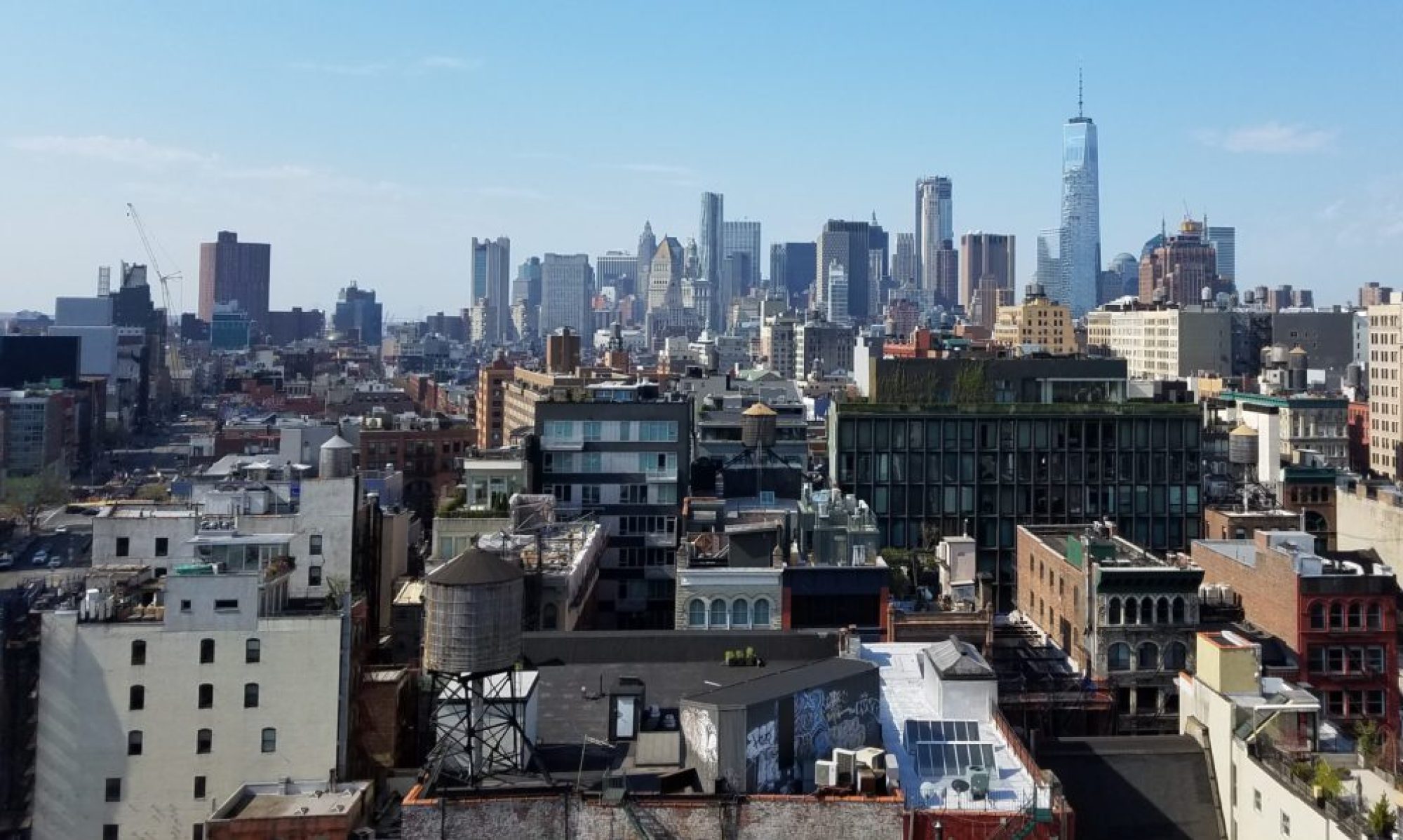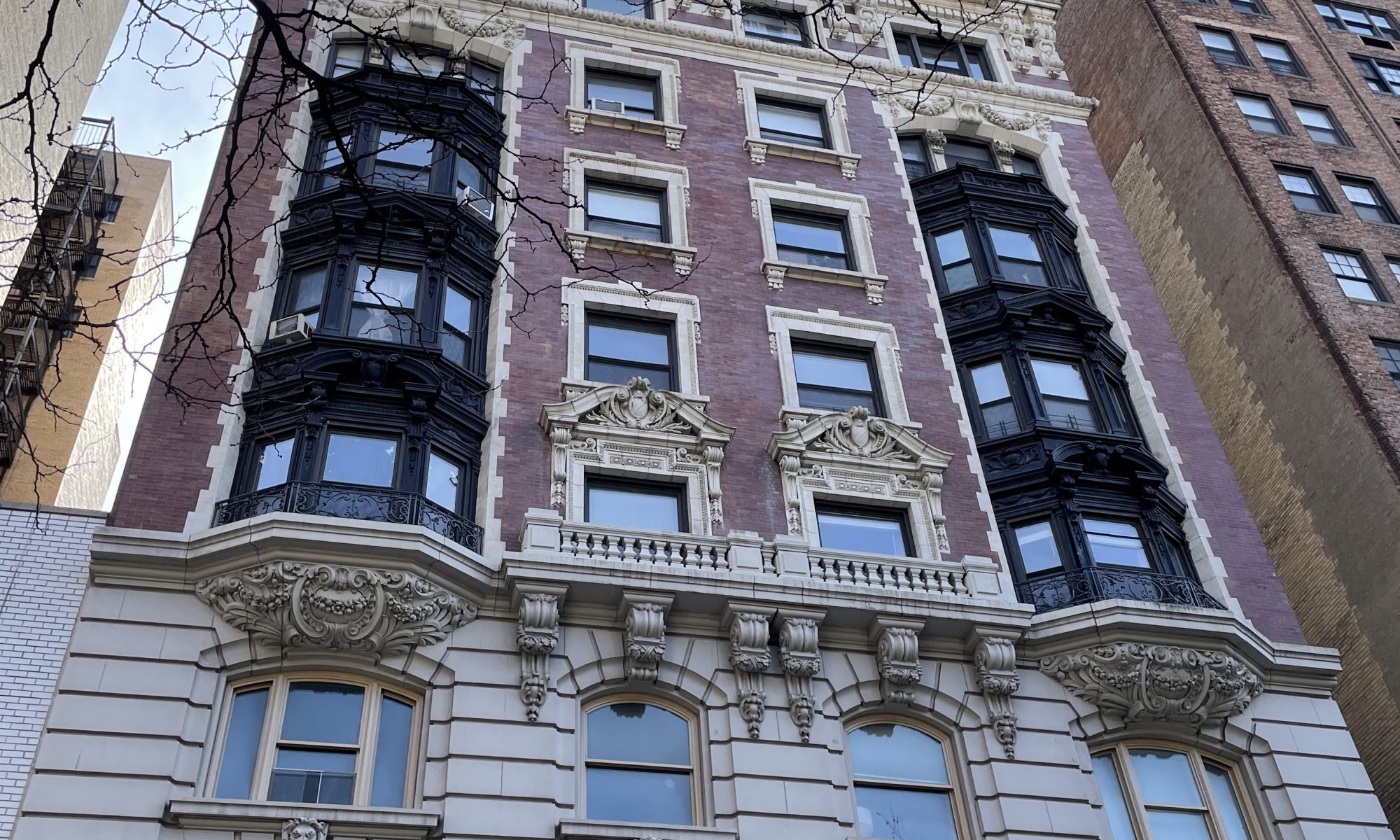
The Upper West Side of Manhattan is a vibrant and iconic neighborhood renowned for its architectural diversity, historic significance, and cultural attractions. Situated between Central Park and the Hudson River, the Upper West Side spans from West 59th Street to West 110th Street, encompassing several sub-neighborhoods, including Lincoln Square, Manhattan Valley, and Riverside Drive.
The architectural landscape of the Upper West Side showcases a rich tapestry of styles, ranging from the grandeur of the Gilded Age to the sleek lines of modernist designs. Let’s explore some of the notable architectural features and landmarks that define this remarkable neighborhood:
- Pre-War Brownstone Buildings: The Upper West Side is known for its charming pre-war brownstone buildings, which dominate the residential streets. These elegant structures, dating back to the late 19th and early 20th centuries, feature distinctive brownstone facades, intricate ornamentation, and stoops leading to grand entrances. Many of these brownstones have been meticulously preserved and restored, contributing to the neighborhood’s historic character.
- Beaux-Arts Masterpieces: The Upper West Side boasts several grand Beaux-Arts buildings that evoke a sense of grandeur and opulence. One of the most iconic examples is the Dakota Building, located on Central Park West. Designed by architect Henry J. Hardenbergh and completed in 1884, it showcases elaborate detailing, arched windows, and a striking rooftop cornice. The Dakota is notable for its association with historical figures and its prominent appearance in popular culture.
- Art Deco Gems: The Art Deco movement of the 1920s and 1930s left an indelible mark on the Upper West Side’s architecture. Buildings like the Beacon Theatre on Broadway and the Apthorp Apartments on West End Avenue are prime examples of this style. The Apthorp Apartments, a designated New York City landmark, features a striking facade adorned with intricate carvings and geometric patterns, while the Beacon Theatre showcases a distinctive marquee and a stunning interior with lavish detailing.
- Riverside Drive: Running parallel to the Hudson River, Riverside Drive offers a picturesque setting with magnificent architectural landmarks. One of the notable buildings along this scenic boulevard is the Ansonia, an exquisite Beaux-Arts building completed in 1904. With its distinctive copper cupolas, grand entrance, and intricate detailing, the Ansonia is a testament to the neighborhood’s architectural grandeur.
- Modernist Icons: The Upper West Side also embraces modernist architecture, with notable examples such as the Lincoln Center for the Performing Arts. Designed by a consortium of renowned architects, including Philip Johnson and Eero Saarinen, the Lincoln Center complex features iconic buildings like Avery Fisher Hall (now David Geffen Hall) and the Metropolitan Opera House. These structures showcase sleek lines, large glass facades, and open public spaces, epitomizing the modernist aesthetic.
- Central Park West: Bordering the eastern side of the Upper West Side, Central Park West boasts an impressive array of architectural landmarks. The Majestic and The San Remo, twin-towered apartment buildings designed by Emery Roth, are stunning examples of Art Deco architecture. They exhibit setbacks, intricate ornamentation, and magnificent views of Central Park. Another notable structure is the Century Apartments, an imposing Gothic Revival building with its distinctive red-brick facade and intricate stone carvings.
- West End Collegiate Historic District: Designated as a historic district in 2011, the West End Collegiate Historic District encompasses a collection of meticulously preserved rowhouses along West End Avenue. These late 19th-century structures showcase a variety of architectural styles, including Queen Anne, Romanesque Revival, and Renaissance Revival. The district provides a glimpse into the architectural heritage of the Upper West Side and offers a cohesive streetscape that reflects the neighborhood’s rich history.
- Cultural and Educational Institutions: The Upper West Side is home to numerous cultural and educational institutions that contribute to its architectural fabric. The American Museum of Natural History, located on Central Park West, is a prominent example. Designed in the neo-Romanesque style by architects Calvert Vaux and J.W. Mould, the museum features a striking facade adorned with intricate carvings and a majestic entrance. Nearby, the New-York Historical Society showcases a blend of Victorian Gothic and Beaux-Arts architectural elements.
- Churches and Synagogues: The Upper West Side is characterized by a diverse range of religious architecture. St. John the Divine, located on Amsterdam Avenue, is one of the world’s largest cathedrals and showcases a mix of Gothic Revival and Romanesque architectural styles. The Stephen Wise Free Synagogue on West 68th Street is a notable example of modernist architecture, designed by renowned architect Percival Goodman.
- Riverside Park: Along the western edge of the Upper West Side, Riverside Park offers a serene retreat with its landscaped gardens, waterfront views, and notable architectural features. The Soldiers’ and Sailors’ Monument, an imposing neoclassical structure dedicated to the Union Army, stands as a prominent landmark within the park. The park also features the picturesque Cherry Walk and the Riverside Park South development, which incorporates modern residential towers designed by prominent architects such as Richard Meier.
The architectural diversity of the Upper West Side reflects the evolution of New York City over the centuries. From the grandeur of the Gilded Age to the sleek lines of modernist designs, the neighborhood’s buildings tell a story of architectural innovation and cultural significance. The preservation and appreciation of these architectural treasures contribute to the timeless appeal of the Upper West Side as a coveted residential destination and a vibrant cultural hub.

